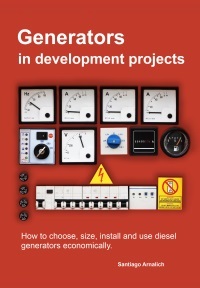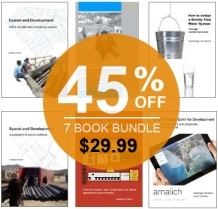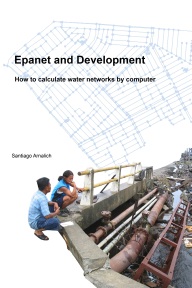 |
Epanet and Development How to calculate water networks by computer This manual aims at walking the reader through the design of a water supply network in a Development context by explaining in a simple manner how to build and analyze a computer model of a water network with Epanet. Epanet is a free and widely used software from the U.S Environmental Protection Agency that models the hydraulic and water quality behavior of water distribution piping systems Read online >
|
|||
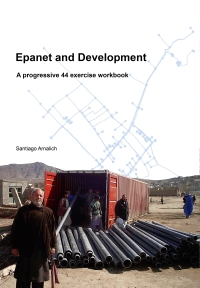 |
Epanet and Development A progressive 44 exercise workbook This collection of exercises has over 320 images designed to walk you step-by-step towards the modeling of water distribution systems which are commonly found in development work. You will learn how to load cartography and background images; to determine water demand and spatial allocation; to simulate the evolution of water quality in networks and to make economic comparisons, while avoiding the most common costly mistakes. Read online >
|
|||
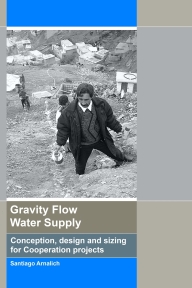 |
Gravity Flow Water Supply Conception, design and sizing for Cooperation Projects Tackling a Gravity Flow Water Project for the first time? This book is intended to get you on your feet quickly. You'll learn how to select pipe sizes, work out the demand you need to meet, interpret topographic surveys and perform economic calculations to compare different alternatives. Besides producing a sound design, it will help you to get to grips with the materials, put in orders, supervise the building work, and most of what you will need in your quest for access to safe water. Read online >
|
|||
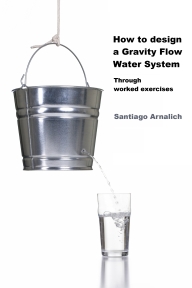 |
You will learn
how to decide on pipe diameters, check an
existing design or plan a system enlargement,
following simple, quick and reliable guidelines
to achieve clear and tangible results for
gravity flow water projects. Read
online >
|
|||
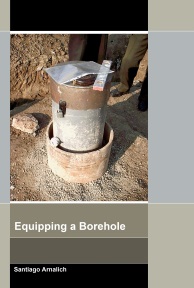 |
Equipping a Borehole Your first time dealing with a borehole? In just under 4 hours of reading, youŽll be able to assess the viability of a borehole, select the required pump and generator, familiarise yourself with the function and possibilities of the various components, order materials with accuracy and supervise the most important parts of the installation in a development context. Read online >
|
|||
|
Generators in
development projects How to choose, size, install and use diesel generators economically This book introduces you to them from the management perspective. It is not about turning you into an electrician or a mechanic but about choosing the most suitable generator for your project and running it in the most economical way possible. You will learn how to improve existing installations, determine the power required, make informed choices between the different available options, oversee key aspects of the installation and avoid wasting energy that compromises the sustainability of the projects. Read online>
|
|||
 |
GPS & Google Earth for Development. How to create, share and collaborate with maps on the net This book shows you how to use a GPS and Google Earth to create simple and expressive maps to share on the web like the one shown on the cover. With a reading time of a mere 10 hours you will learn to work with a GPS without making mistakes, to use it with Google Earth including in areas without internet access and to quickly create diverse interactive maps that other people can see and modify over the internet without the need for experts or unnecessary complications. < Read online | View sample maps>
|
© Santiago Arnalich 2002-2009 Sitemap





